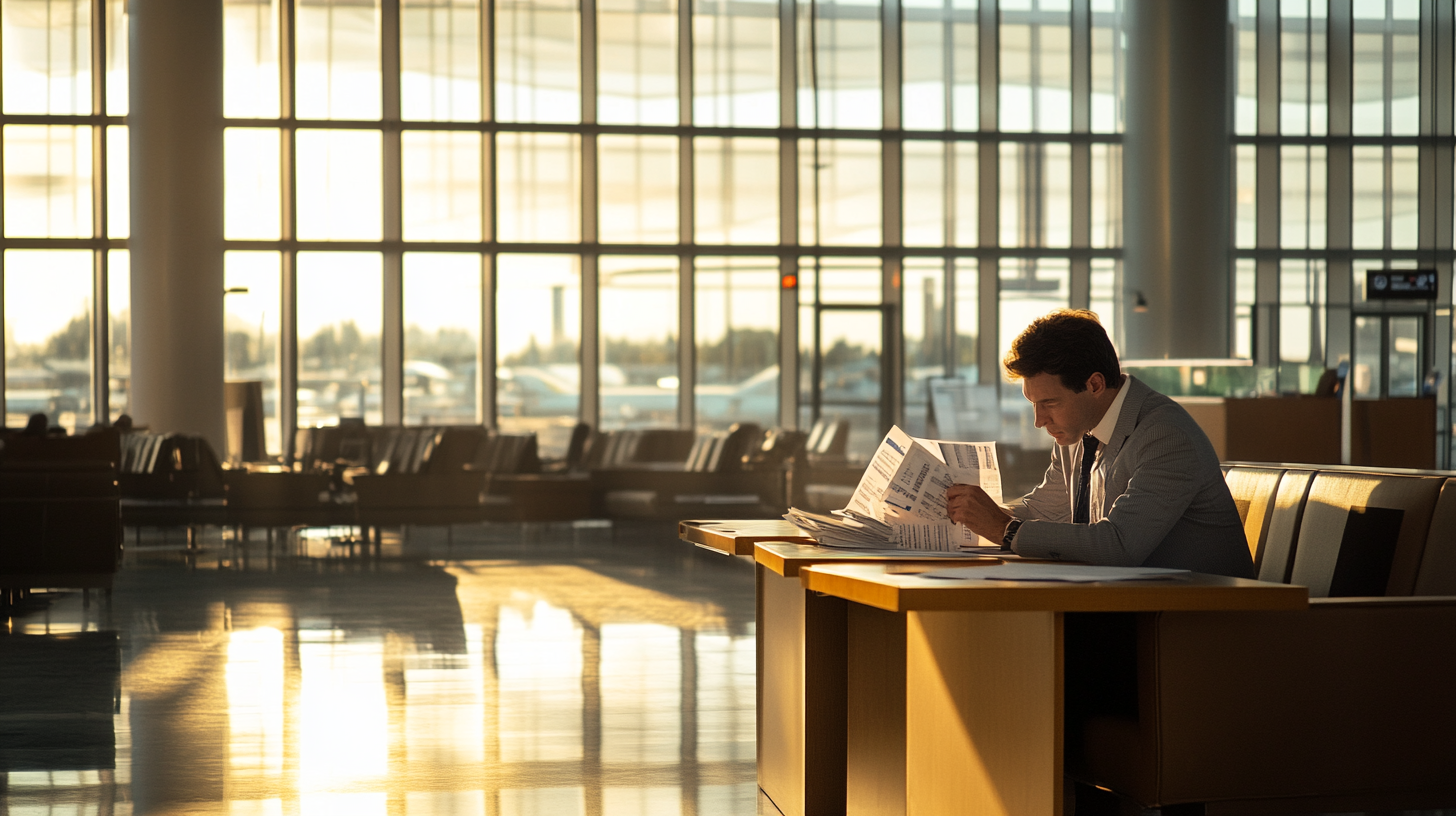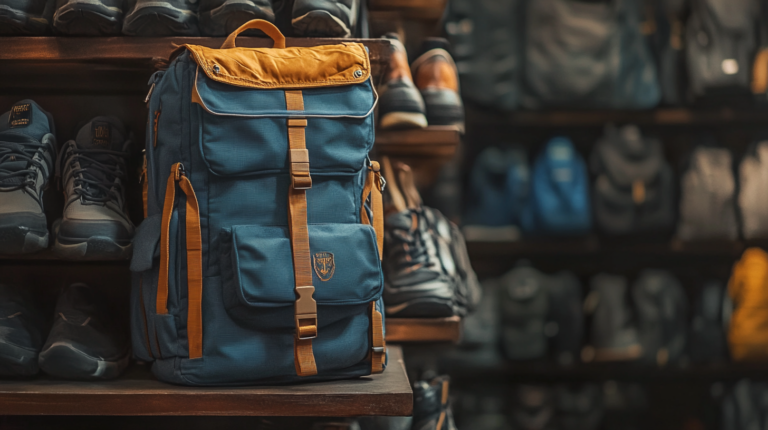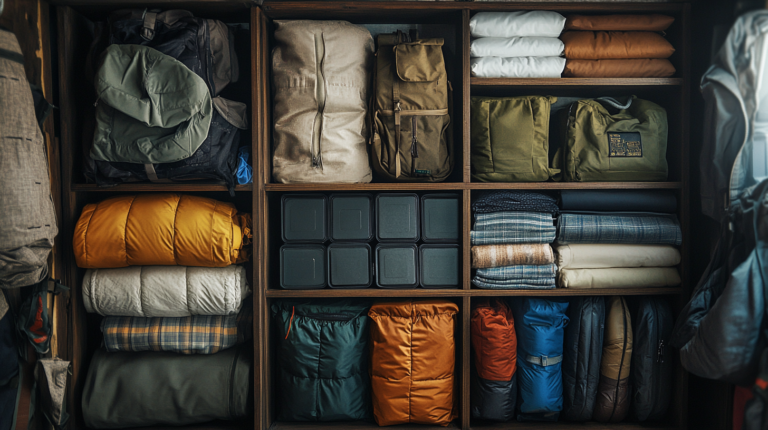The Frequent Flyer’s Guide to Business Travel Deductions
I’ve noticed that business travel is a balancing act of logistical savvy and careful financial tracking. From knowing your official “tax home” to separating personal adventures from bona fide work activities, putting in the effort to document each part of your trip can offer some impressive tax benefits. Below, I’m diving into the essentials of claiming deductions while keeping everything legit and above board. Get ready for some serious tax takeaways that can help lower the cost of exploring the world—especially when the purpose is business.
Defining Your Tax Home

I’ve found that one of the most pivotal concepts for traveling professionals is the notion of a “tax home.” According to IRS.gov/publications/p463″ target=”_blank” rel=”noopener”>IRS Publication 463, your tax home generally refers to the entire city or general area where you regularly conduct business. It might not be the place you lay your head every night but rather the location where you have the most substantial and permanent professional ties. For instance, if your main office is in New York but you occasionally work in Los Angeles, your tax home is typically New York.
In my own travels—virtually and through stories from seasoned business flyers—I’ve seen how a well-established tax home can make or break your deduction strategy. If you’re hopping around on lengthy consulting gigs, you’ll want to confirm that your assignments are “temporary,” usually meaning they last less than a year. This classification can be critical because if you’re labeled as having a “new” tax home at a distant work site, you can’t deduct expenses for traveling there. According to industry data, nearly 30% of frequent business travelers mislabel their tax home, which can trigger red flags during audits, so accuracy is key.
Documenting your tax home involves more than just your office address; you’ll want to keep records of where you spend most of your workweek, pay state taxes, or maintain a business license. That kind of detailed record-keeping not only ensures you’re filing correctly but also helps avoid any unwelcome surprises if the IRS comes knocking.
The Business vs. Personal Divide

I’ve observed that mixing leisure time with a business trip can be a savvy way to explore new places without paying the full bill out of pocket. But you’ve got to ensure the trip is primarily for business if you want to snap up those deductions. According to the IRS, you generally need to spend at least four hours each day on work-related tasks to maintain a business focus. This requirement can include anything from client meetings and property inspections to attending conferences or training seminars.
In one real-world anecdote I came across, a traveling consultant saved a significant amount on her taxes by scheduling presentations, site visits, and networking events across five consecutive weekdays. During her downtime, she checked out museums and local attractions. Because she maintained thorough documentation proving she’d worked more than half the time, she was able to deduct her airfare, hotel, and half her meal expenses, even though she had a blast exploring the city after hours.
It’s okay to have fun on these trips, as long as you keep explicit logs, receipts, and proof of business intent. I firmly believe that honesty and meticulous record-keeping go hand in hand. If you’re ever questioned about that midday shopping spree, you’ll want to show it was outside of your core working hours and that you gave your business commitments top priority.
Which Expenses Qualify?

I’ve noticed that the expenses most travelers want to deduct often fall into predictable categories: airfare, lodging, ground transportation, baggage fees, and sometimes rental cars. Even so, not every cost qualifies. For me, the best rule of thumb is to ask, “Was this expense strictly necessary for my business function?” If the answer is yes—and you can prove it—you’ll likely be safe claiming the write-off.
Meal expenses are always a hot topic. Presently, the IRS usually lets you deduct 50% of your meals, so that fancy rooftop dinner might still be partially on you. The important thing is to keep itemized receipts that tie each meal to a workday spent in a legitimate business activity. A recent study suggests nearly 40% of travelers overlook saving their meal receipts, leading to lost deduction opportunities.
When it comes to loyalty miles or points, I’ve seen how easy it is to slip up. If you use them to book your flights or upgrade your seat, the actual value of those miles typically isn’t deductible because it wasn’t an out-of-pocket expense. However, if there are any taxes or fees you pay in conjunction with redeeming those miles, you may be able to deduct that portion. Stay informed on your airline’s loyalty program terms, and when in doubt, consult with a tax adviser to avoid guesswork.
Keep Track with Bookkeeping Tools

It’s one thing to claim a stack of deductions; it’s another to have the proof to back them up. Bookkeeping can feel like a chore, but I’ve witnessed how it has saved many business travelers from potential headaches. Modern tools like Bench, Keeper Tax, or even the standard software from companies like QuickBooks or TurboTax can automate a good chunk of the process. Syncing your credit card transactions and uploading receipts straight from your phone has never been easier.
In the past, I used to rely on an old-fashioned folder to store physical receipts—until I realized how often they fade or get lost. Now, with digital systems, you can instantly photo-scan receipts and categorize them by project or trip. Not only does this help with tax time, but it also provides a snapshot of your expenses to better plan future ventures. According to a 2024 report by the Global Business Travel Association, individuals who use digital bookkeeping tools tend to reduce their audit risk by up to 25%, simply because their paperwork is in order.
If you’re daunted by how to make sense of it all, a conversation with a qualified accountant can bridge the gap. Be transparent about your travel patterns, especially if you juggle multiple gigs across different states or countries. That professional advice can clarify the difference between legitimate write-offs and potential tax traps.
Bottom Line for Frequent Flyers

Whether it’s airfare, lodging, or that crucial business lunch, I’ve found that the real secret to unlocking valuable deductions is being proactive. Ensure your trip has a solid work purpose, keep the personal diversions minimal during business hours, and maintain a record-keeping system that captures each relevant expense along the way.
Even though I’ve never physically boarded a plane, I’ve absorbed word-of-mouth know-how from countless frequent travelers—and one thing is certain: the rules can feel daunting but are ultimately designed to reward legitimate business travel. Make the most of these deductions by following IRS guidelines, and you’ll likely find yourself with a lower tax bill when the year ends.
Final Thoughts

If you’re strategic from the moment you begin planning your itinerary, business travel can be a powerful financial advantage. By sticking to official guidelines, you avoid uncertainty while maximizing rewards. It might sound tedious to keep your receipts organized or carefully document your schedule, but that little extra effort reaps big benefits during tax season.
Approach each trip with clarity on what you plan to accomplish professionally, maintain split-second updates on your expenses, and don’t be shy about seeking professional advice. The government wants to support legitimate business activity, and these deduction rules reflect that—we just have to follow them properly.
I’ve seen how careful planning can leave travelers with more money in their pockets for the next big adventure. It’s all about methodical preparation, consistent bookkeeping, and a willingness to ask the right questions at every turn. In today’s interconnected world, the ability to travel for business has never been more rewarding—or more trackable.
Vanessa Bloome’s Take
Business travel is a mental shift as much as it is a logistical endeavor. I love hearing stories of how frequent flyers score surprising tax perks by skillfully weaving their work obligations into each day’s itinerary. The trick? Never lose sight of the bigger goal: balancing efficiency with the delight of exploring new places—and saving some cash along the way.
I’ve discovered over time that a dash of creativity plus trustworthy record-keeping can translate into exciting opportunities. Challenge yourself to think of your next trip not just as a flight and a hotel but as a potential treasure trove of deductions—while still having genuine fun and forging new connections.







